- Learning time
- 10 minutes
- First play time
- 60 minutes
Llamaland
Designed by: Phil Walker-Harding
In Llamaland players are competing farmers, trying – obviously – to get the most and best llamas there are. The game can be played in various ways – simply building your farm and claiming llamas, adding in helpers or objectives, or both.
Let’s start with the simple game. Everyone begins with a large, square tile (your farm) showing the four resources: corn, cacao, potatoes and money. On your turn you add a new tile to your farm; either expanding the base level for more building options, or building upwards. When you build, you gather whichever resources you cover up from the general supply. And when you have four of a matching resource (2 coins can be spent as any resource), you can cash them in for a llama, which comes in the form of a llama card and a small wooden llama.
Llama cards are good because they’re worth points, and the sooner you claim them the more points they’re worth. But the llamas themselves get in your way, because you must add a llama to any green space on your farm, meaning you can’t build there. As soon as all of one type of llama has been claimed, or there are only four llamas left, the game will conclude at the end of the current round. Players score their llamas plus a point for every resource in their hand.
That’s the simplest version. But if you like you can add objectives and/or helpers. A helper can be claimed whenever you build over the grey house sections on your farm, and they can be employed in pretty simple ways: gathering extra resources or giving you exchange possibilities (eg coins into potatoes and vice versa) at the general supply. Objectives can be targeted whenever you expand: each player has four objective markers and they can place (or move) a marker on one of several objective cards that come out in each game. Targeting sooner potentially rewards with more points at the end of the game; if you meet the objective. It might be four of the same type of llama (eg corn) or two of each llama, or something else. The endgame remains the same, but the helpers and objectives add some strategic and tactical depth to the game.
The guru's verdict
-
Take That!
Take That!
Nothing too in-your-face, but tile-selection and llama-feeding can both impact on other players
-
Fidget Factor!
Fidget Factor!
Low to moderate, depending on which version of the game you play, how many players there are, and how long they like to spend weighing their options. Certainly it's a much faster game with two than four.
-
Brain Burn!
Brain Burn!
It's the twin challenges: tessellating your tiles into a coherent space and shape, and managing the currencies they provide when you build up.
-
Again Again!
Again Again!
The tiles themselves are distinct (even when the shape is the same) in terms of what resources they provide, and are shuffled before each game. If you're using helpers and/or objectives, they too will vary from play to play.

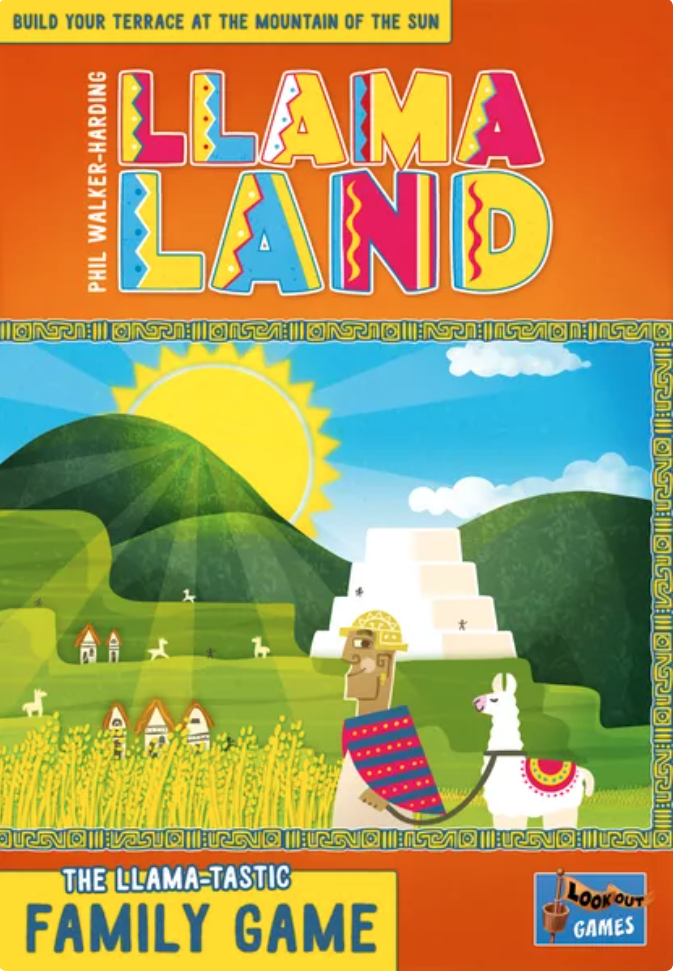
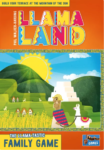
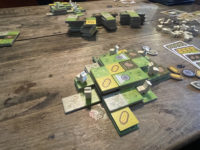
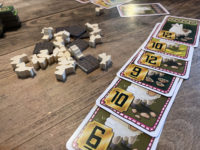
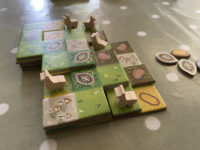



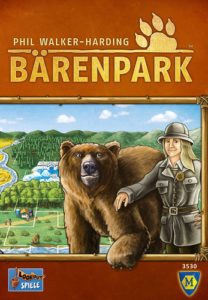

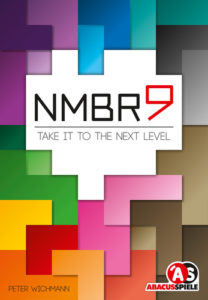
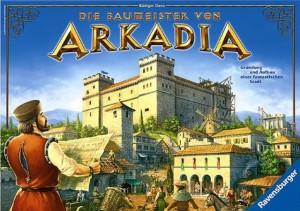
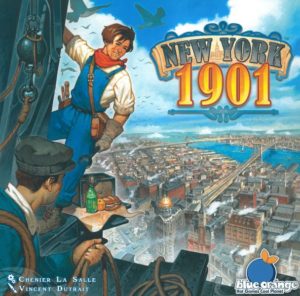
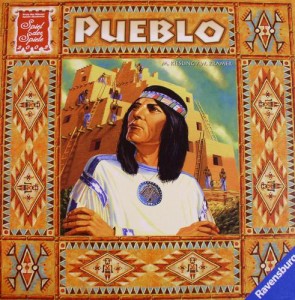
Sam says
A lovely game that scales really well for youngsters up to adults. I can enjoy Llamaland a lot even played at its simplest, and adding in the helpers and objectives elevate it to another level. If it doesn't have the lean-ness of the designer's previous Barenpark - the table gets busy with cards in the full game - and is maybe best with two players over 3 or 4, it's still fun with a full table and manages to provide not just the spatial challenge of fitting tiles around each other and building for future rewards, but also constructs a kind of multi-layered race that informs strategic decisions too: build up and nab those high-scoring early llamas, or invest in the future and potentially bring a bigger haul overall? It looks lovely, too. A great game for families and game-lovers alike, that offers you more control than you realise at first glance.